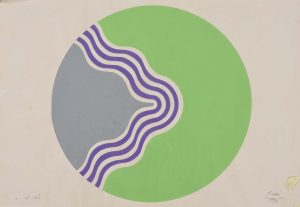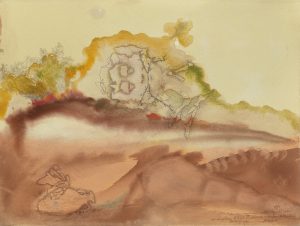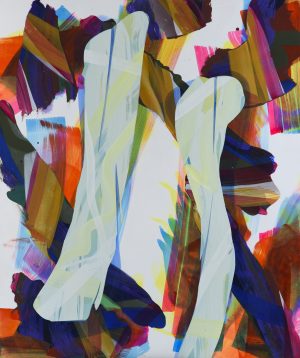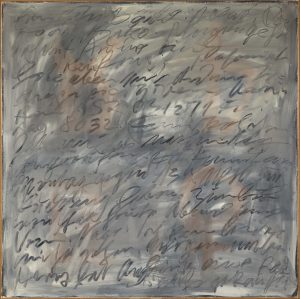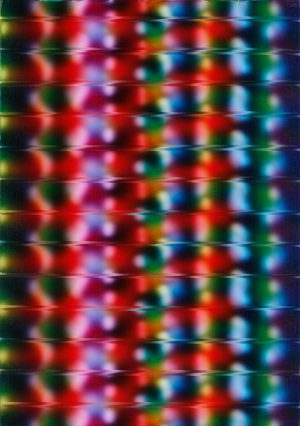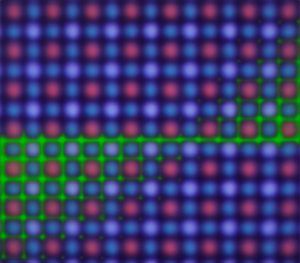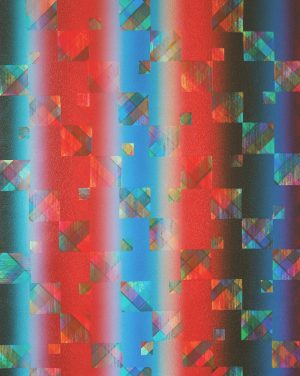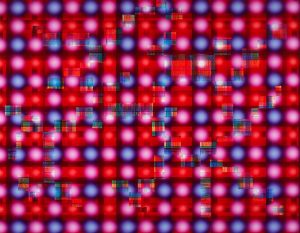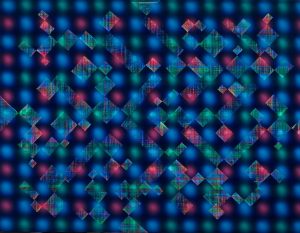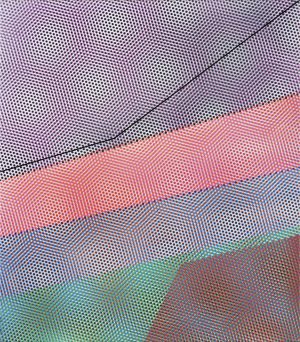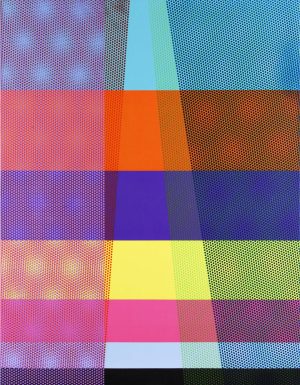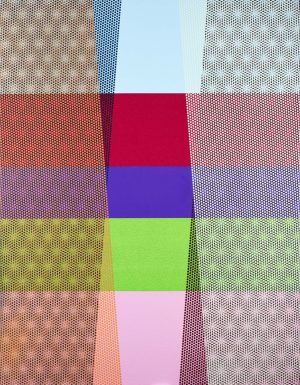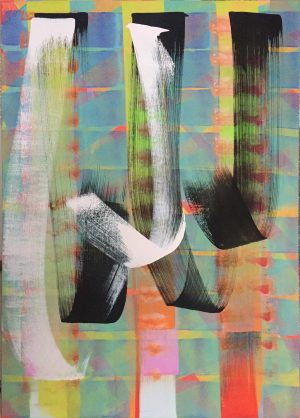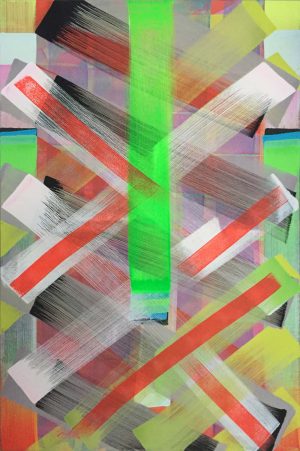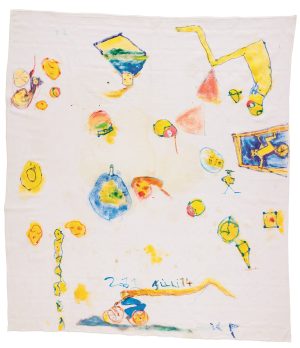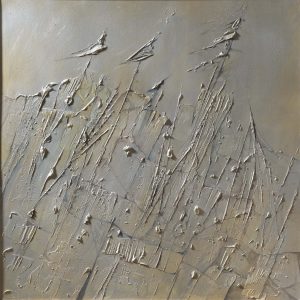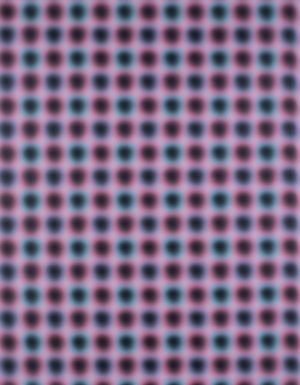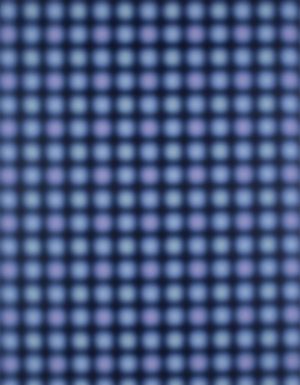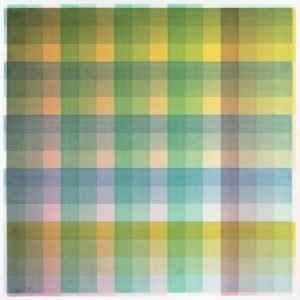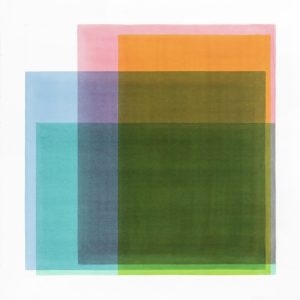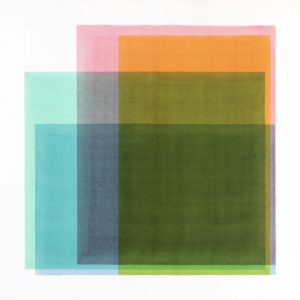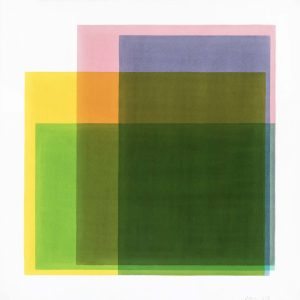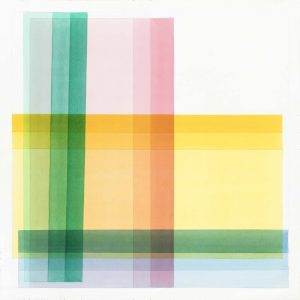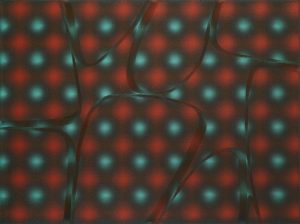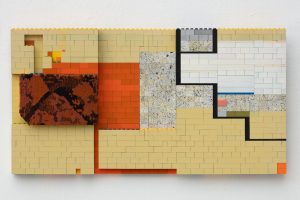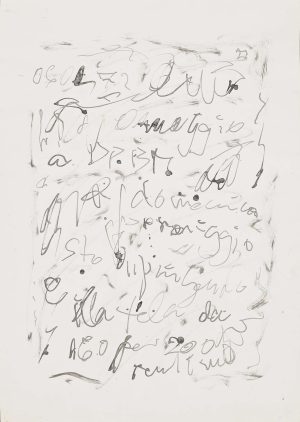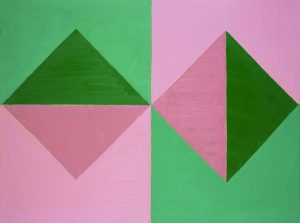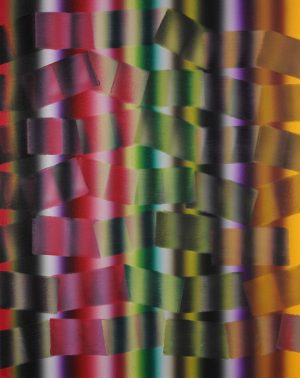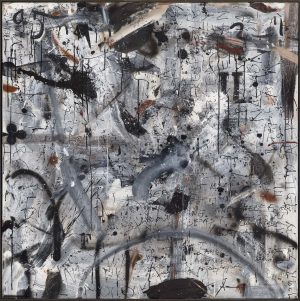
Martin GÓTH
Smile, Fire, Vasarely'
- Year(s)
- 2021
- Technique
- acrylic on canvas
- Size
- 70x50 cm
Artist's introduction
Martin Góth is one of the representatives of the young generation of Hungarian artists entering the art scene around 2020, who are developing a strong language of forms. On his acrylic tableaus, digital retro mixes with the theory of signs and subcultural icons. Martin Góth, born in Kaposvár, – following a detour to Berlin and Glasgow – graduated from the Hungarian University of Fine Arts in 2021, majoring in painting. His language of painting, which was then maturing, is constructed of schematized signs and pop-cultural motifs embedded in a geometric grid system. The basic organising theme of his images is the square mesh of old computer games and board games such as Tetris, minesweeper, tic tac toe or chess. The grid pattern is filled with the three-dimensional buttons, axonometric elements, pictograms and schematized icons familiar from early Windows. As curator Eszter Dalma Kollár explained, "the system of 8×8 cm squares and the 1 cm wide lines separating them is the base for each painting. Martin has filled these with a bunch of personal little stories, visual gags and fictional characters." The precise, pixelated aesthetic character of the digital retro-inspired form set is balanced by raw painting gestures, hand scribbles and graffiti marks. Góth's conceptual approach to art sometimes leaves the plane of the tableau and extends the playing field to the entire exhibition area. He has participated in several solo and group exhibitions in Hungary. He lives and works in Budapest. Gábor Rieder
More artworks in the artist's collection »

